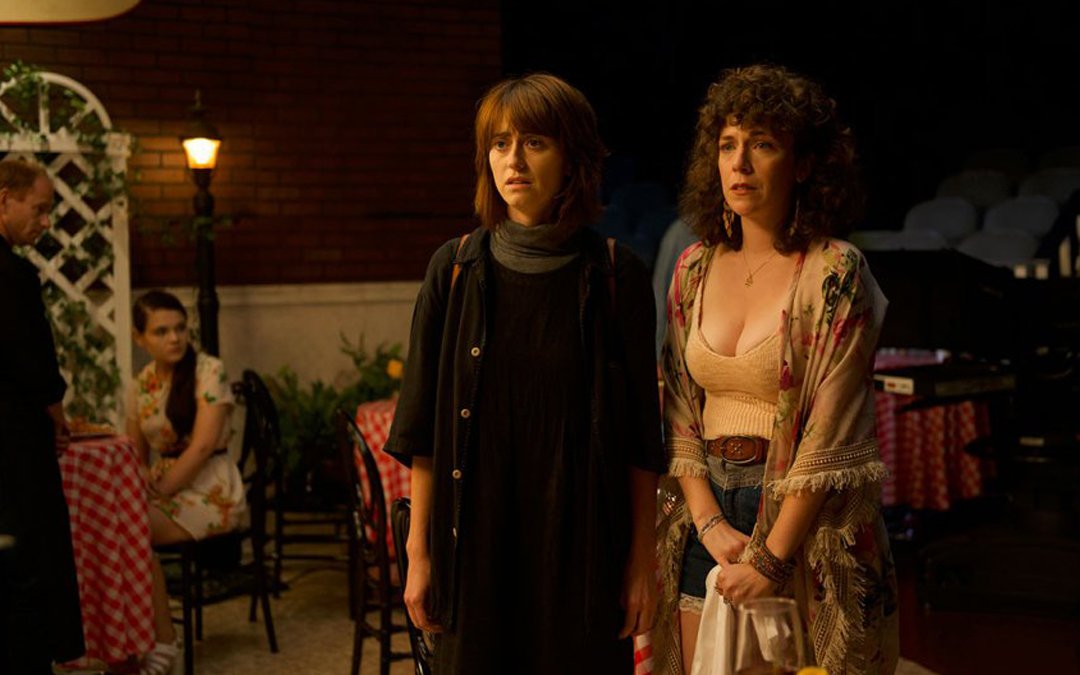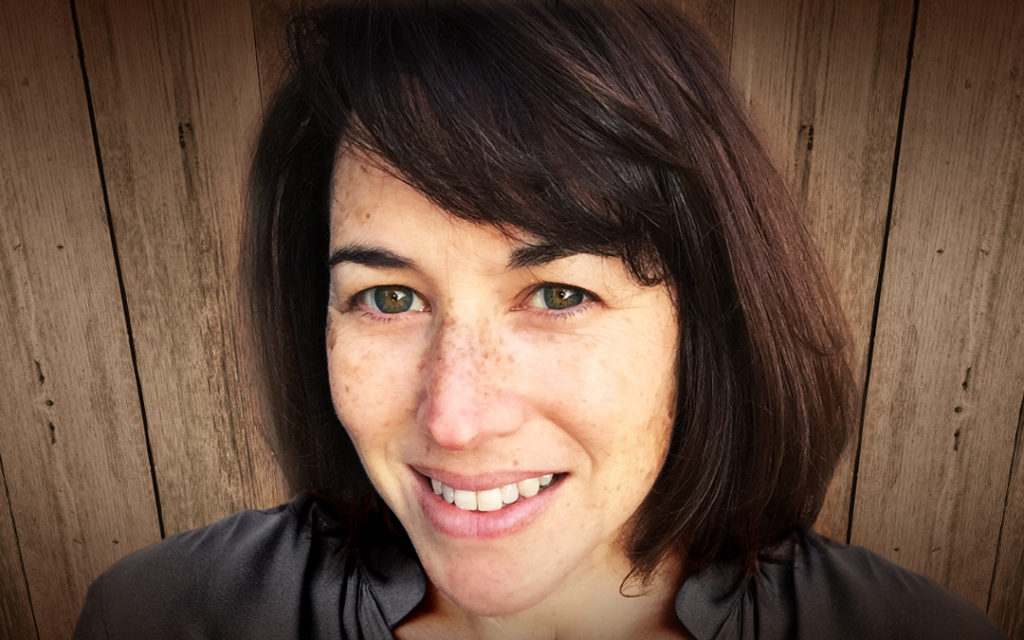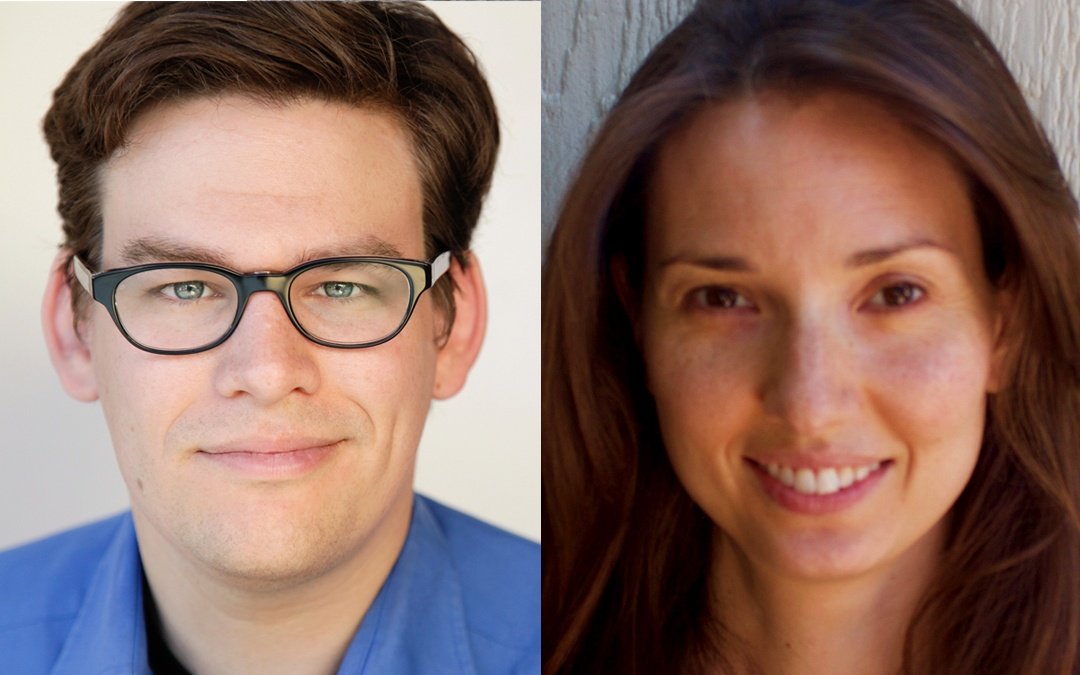Sundance Screenwriters Lab: Eva Vives, Writer-Director of 'All About Nina'
September 18, 2018
“It was an extraordinary year. The year of Sundance, I call it.”
So says Eva Vives, whose feature script was selected for the Sundance Screenwriters Lab in the same year a separate short film she wrote and directed premiered at the Sundance Film Festival.
After workshopping that same feature script at the Sundance Directors Lab, Vives shot her film. All About Nina, her feature directorial debut, premiered at this year’s Tribeca Film Festival and opens in select theaters September 28th.
When Vives was a child, her mother would take her to the Filmoteca in Barcelona after school. There, she would see critically-acclaimed historical films that did not always garner mainstream audiences. To give us an idea of her childhood viewing, Vives checked their current showings: “A 1960 black and white film where Jeanne Moreau plays a nun, [Ingmar] Bergman’s Daniel and [William] Friedkin’s Cruising,” about a serial killer terrorizing the S&M gay scene.
“All of which, my mom would have taken me to without a doubt,” Vives said.
She loves both writing and directing, seeing each as integral components of storytelling.
“At first, I thought I wanted to be an actor because I was under the impression that they came up with their own words,” she said.
“Then, I started looking into how films were made and realized there were these hidden figures called screenwriters. And directors. But my initial love was always writing, storytelling, a love that is only reinforced as I learn more about directing.”
All About Nina follows a rising stand-up comic trying to navigate her tumultuous personal life, including a difficult breakup and a new relationship. The film is deeply personal for Vives. Observing that many movies center on the moment of trauma, she wanted to tell her perspective on the recovery process and how the consequences reverberate long after what happened.
“It’s about how art (in my case, filmmaking — for Nina, it’s comedy) saved me and about how I finally opened up to being loved.”
Many writers have difficulty separating themselves from the story in semi-autobiographical tales. But Vives was able to do what she needed to do as a filmmaker to craft the most compelling film possible out of this personal story. For instance, “I knew I wanted to keep the main character creative, but I didn't want to make her a writer ‘cause it’s such internal work that it’s difficult to find a compelling way of visualizing that. I mean, most of my work (when I’m writing, I mean) is staring out a window.”
“Like me, she’s full of contradictions,” she said.
“The tension between what I’m like artistically and personally is something I wanted to show in the movie,” she adds. “For years, I never wanted anyone to know what I had gone through because I didn’t want to be defined by it. Which I think I would have been back then.”
Asked whether she feels her short’s acceptance to the film festival opened the door to the Screenwriters Lab, she replies, “I don’t think their acceptance was about my short playing at Sundance so much as me having made a short. My understanding is that they do look for filmmakers who have proven some initiative already by making a short film before.”
That short, Join the Club, is a snapshot of a woman analyzing and reanalyzing whether to join a women’s writers group. A comedic imagining of Groucho Marx’s saying about not wanting to belong to a club that would have him as a member, it’s “deceptively simple,” basically two people in a room. To prepare for All About Nina, Vives wanted to create an honest portrayal of a woman’s inner voice.
“The inspiration was a mixture of a friend’s doubts about joining a similar club and my own trepidation about being defined only as a woman. No one says ‘upcoming male director so and so.’”
She’s not privy, of course, to the reasons why any particular applicant is or is not accepted into the Screenwriters Lab. But she theorizes: “I think a common misconception is that because it’s the writers lab, you only have to be a writer. But that lab is done with an eye to developing the script as a director in the Directors Lab, so it really helps to have had directed a short, if that makes sense.”
She says it also wouldn’t surprise her if the Screenwriters Lab gets so many serious dramatic entries that a comedic submission might bring a welcome change.
The Lab has made a “huge difference” in Vives’ career.
“To put it simply, I think it meant that people actually read my script … It legitimizes your project.”
In terms of upcoming work, Vives would be excited to do a television series based in Nina’s world.
“I don’t know that she would necessarily be a comedian in this one but she’d be dealing more with everyday issues in that same funny and dramatic way.”
Vives also just finished a darker revenge script.
To writers aspiring to get into the Sundance Screenwriters Lab, she says, “Be honest in your writing. Figure out what it is you wanna say and let them help you get there.”
Her final words of wisdom may give some writers pause, but it’s some of the most practical advice out there: “Write and direct a short film first,” she said.
“Then write your feature.”
Written by: Asmara Bhattacharya
Asmara Bhattacharya is a produced screenwriter/playwright, script reader, and festival screener, with multiple placements at Final Draft, Nicholl, Austin Film Festival, and other competitions. A trusted sounding board and consultant for industry professionals, dedicated fans also caught her in “Independence Day: Resurgence” and NBC’s “The Night Shift” – for one glorious half-second each. More can be found on her website: www.dickflicks.net or follow her on Twitter @hotpinkstreak



